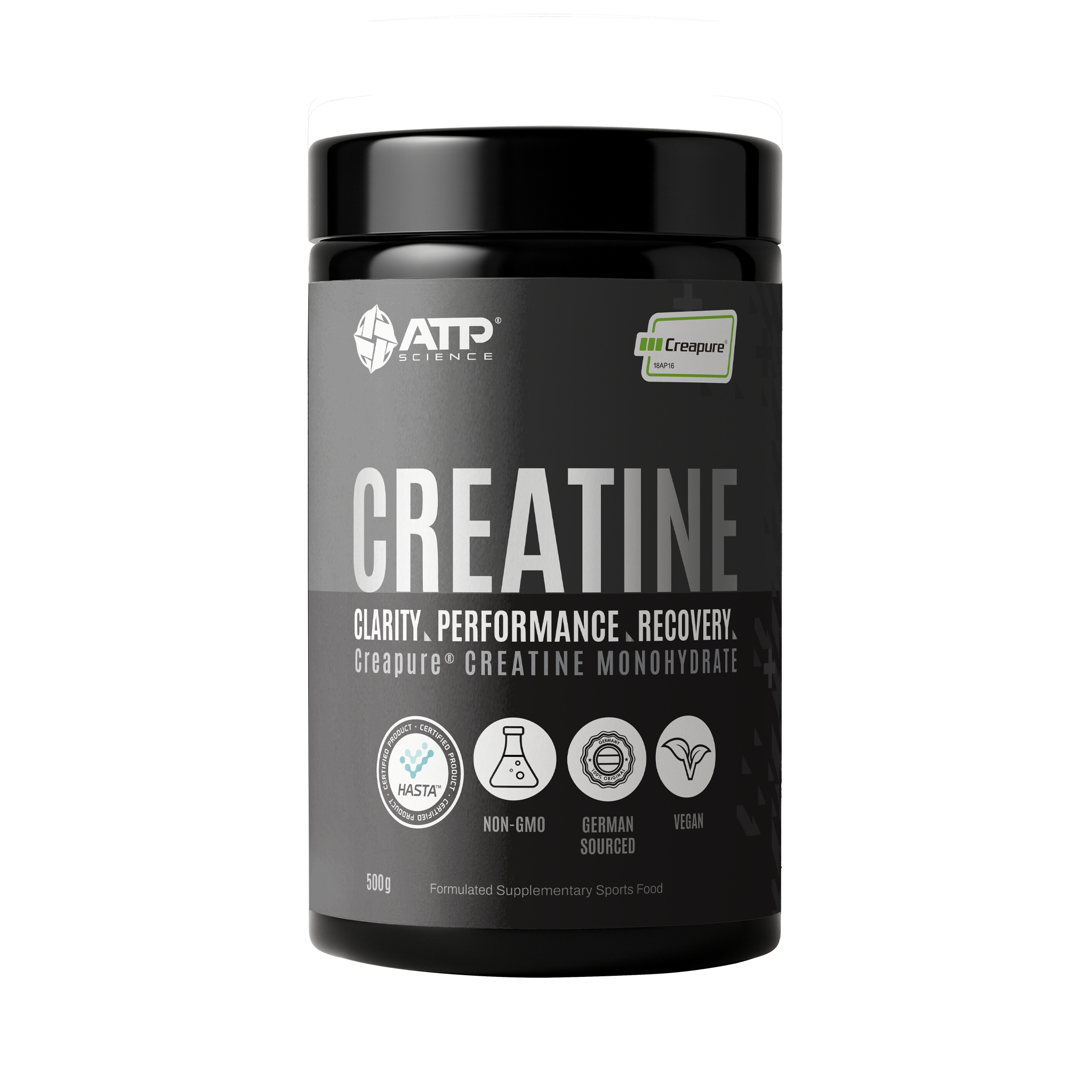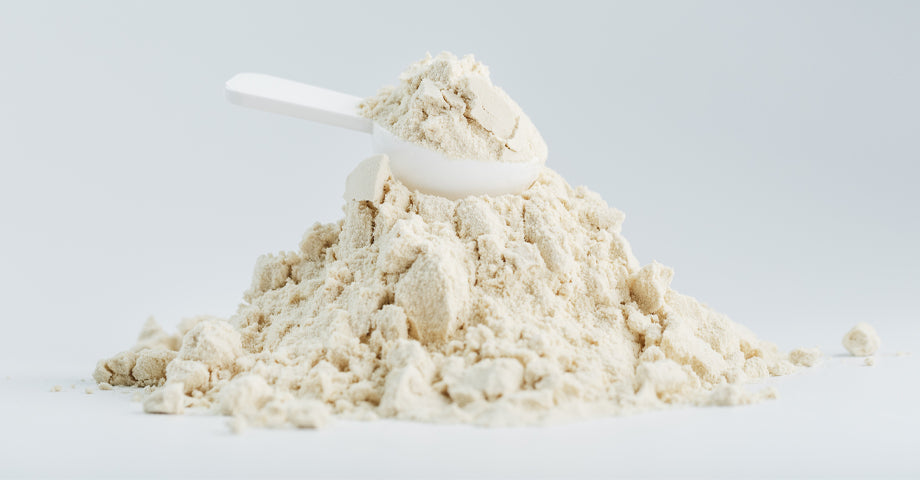The Many Types of Magnesium, Which One to Choose?
You may have heard that the majority of us are not consuming adequate amounts of magnesium. It's estimated that approximately 68% of the US population does not meet the recommended daily intake for magnesium and Australians are in a similar situation with 61% of males and 72% of females not meeting requirements. (1,2) If this is news to you, well now you know! What you do next with this information could be important. Do you rush out and buy the first magnesium supplement with pretty packaging and advertising slogans that catch your eye? Appealing packaging is great but the answer is NO!!! Instead, keep reading and you will learn that there are many different types of magnesium, what you choose is worth some consideration.
Why Does Magnesium Status Matter?
Magnesium is responsible for over 300 enzymatic reactions in the body and is essential for the muscles and the brain. Without it, your heart will simply refuse to beat. Your cells need magnesium, it allows them to provide the energy/fuel that keeps your body functioning. Without it, you just simply would not be. This may seem dark but it’s true! With this in mind, you can see how a deficiency could manifest as symptoms such as irregular heartbeat, low blood pressure, headaches, muscle twitches, and cramps, and low mood, just to name a few. (3)
Why Could Your Magnesium Levels be Low?
There are many reasons as to why you might not be getting adequate amounts of magnesium, to name a few:
- High consumption of processed foods with low magnesium.
- Low consumption of magnesium-rich foods such as hemp/pumpkin/flax seeds, brazil/almond/cashew nuts, dark green leafy vegetables and legumes (cooking reduces magnesium content).
- Low Vitamin D levels, medications, smoking, and aging impact the ability for you to absorb adequate amounts. (30% decrease with age)
- Soil mineral depletion impacts the amount actually in the food that is “high in magnesium” (3)
The Different Types of Magnesium
There are many different types of magnesium. When aiming to increase your dietary intake you want to ensure that the type you are choosing has a high bioavailability, this means you will actually absorb it so you can enjoy the benefits.
High Bioavailability
- Magnesium Glycinate - Added benefit of high doses of glycine for neuro-sedative effects, hello sleep! (4,5)
- Magnesium Citrate (5,6)
- Magnesium Malate (5)
- Magnesium Taurate (5)
- Magnesium Lactate (5)
Low Bioavailability
The below types have a similar theme, they can be used to have a laxative effect but are not well absorbed.
- Magnesium Oxide (5)
- Magnesium Aspartate (5)
Magnesium- Note on Laxative Effect
Any magnesium form when taken in large amounts can have a laxative effect. If you want to learn more about why magnesium can make you poop, and why some types seem to have this effect more than others, check out this blog for a more detailed explanation- https://au.atpscience.com/blogs/blog/why-does-magnesium-make-me-poop
The Take Home Message
Different magnesium types have varying bioavailability; some are more likely to send you to the toilet instead of helping you meet your recommended daily intake, be warned! Our top picks for dietary supplementation are Magnesium Citrate and Magnesium Glycinate. This is based on the research discussing their high bioavailability. If you are looking for a general all-rounder, Magnesium Citrate is very well absorbed making it useful to ensure adequate levels, it has also been found to accumulate in the skeletal muscle specifically to help maintain and relax muscles. (5,6) If you are looking to get a good night's sleep Magnesium Glycinate in the evening could be your winner. (4,5)
References
- Australian Health Survey: Usual Nutrient Intakes, 2011-12 financial year [Internet]. Australian Bureau of Statistics. 2021 [cited 17 May 2021]. Available from: https://www.abs.gov.au/statistics/health/health-conditions-and-risks/australian-health-survey-usual-...
- Moshfegh A., Goldman J., Cleveland L. What we eat in America, NHANES 2001–2002: Usual Nutrient Intakes from Food Compared to Dietary Reference Intakes. USDA Agricultural Research Department; 2005.
- Schwalfenberg GK, Genuis SJ. The Importance of Magnesium in Clinical Healthcare. Scientifica (Cairo). 2017;2017:4179326. doi: 10.1155/2017/4179326. Epub 2017 Sep 28. PMID: 29093983; PMCID: PMC5637834.
- Kawai N, Sakai N, Okuro M, Karakawa S, Tsuneyoshi Y, Kawasaki N, Takeda T, Bannai M, Nishino S. The sleep-promoting and hypothermic effects of glycine are mediated by NMDA receptors in the suprachiasmatic nucleus. Neuropsychopharmacology. 2015 May;40(6):1405-16. doi: 10.1038/npp.2014.326. Epub 2014 Dec 23. PMID: 25533534; PMCID: PMC4397399.
- Pardo MR, Garicano Vilar E, San Mauro Martín I, Camina Martín MA. Bioavailability of magnesium food supplements: A systematic review. Nutrition. 2021 Sep;89:111294. doi: 10.1016/j.nut.2021.111294. Epub 2021 Apr 28. PMID: 34111673.
- Walker AF, Marakis G, Christie S, Byng M. Mg citrate found more bioavailable than other Mg preparations in a randomised, double-blind study. Magnes Res. 2003 Sep;16(3):183-91. PMID: 14596323.


















